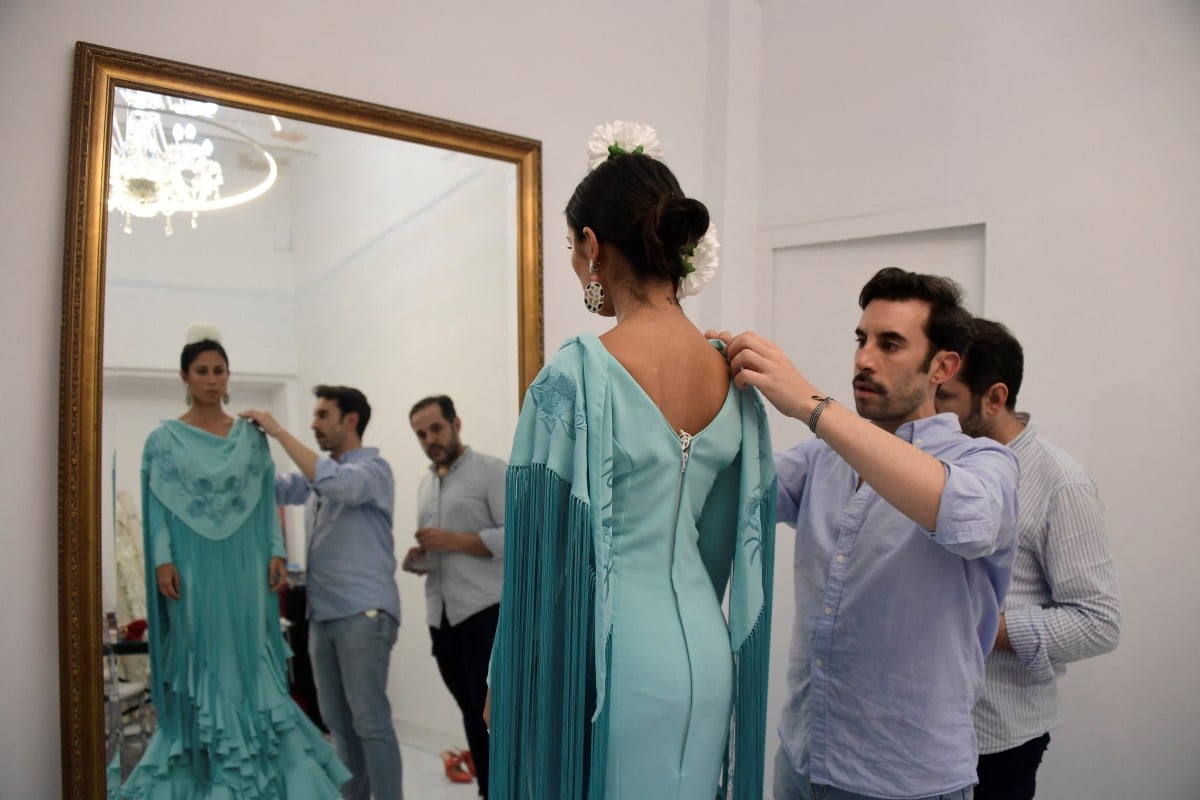Nestled in an isolated cove on Spain’s northeastern tip, the museum is dubbed “elBulli1846” – a reference to the 1,846 dishes ground-breaking chef Ferran Adrià says were developed at the eatery.
“It’s not about coming here to eat, but to understand what happened in elBulli,” the 61-year-old told AFP near the kitchen of the restaurant he ran for over two decades.
The museum will open on June 15th, nearly 12 years after the restaurant served its final dish to the public.
Visitors will be able to see hundreds of photos, notebooks, trophies and models made of plastic or wax that emulate some of the innovative dishes which were served at the eatery.
Adrià pioneered the culinary trend known as molecular gastronomy, which deconstructs ingredients and recombines them in unexpected ways.
READ ALSO: Ten reasons your homemade Spanish tortilla went wrong
The results are foods with surprising combinations and textures, such as fruit foams, gazpacho popsicles and caramelised quails.
Under Adrià’s watch, elBulli achieved the coveted Michelin three-star status and was rated the world’s best restaurant a record five times by British magazine The Restaurant.
“What we did here was find the limits of what can be done in a gastronomic experience,” Adrià said.
“What are the physical, mental and even spiritual limits that humans have. And that search paved paths for others.”
‘Passion for cuisine’
Some of the world’s most famous chefs were trained by Adrià at elBulli, including Denmark’s René Redzepi of Noma and Italy’s Massimo Bottura of Osteria Francescana.
A foundation set up to maintain elBulli’s legacy invested €11 million in the museum.
Plans to expand the building on the idyllic Cala Montjoi cove near the towns of Roses had to be adjusted after they ran into opposition from environmentalists.

Adria headed to the white-walled restaurant overlooking the Mediterranean in 1983 for a one-month internship on the recommendation of a friend.
He was invited to join the restaurant’s staff as a line cook the following year and became its solo head chef in 1987.
READ ALSO – El Esmorzaret: What is Valencia’s sacred snack tradition?
Adrià bought the restaurant in 1990 with his business partner Juli Soler, who passed away in 2015.
“The most important thing that happened to me at elBulli is that I discovered for the first time passion for cuisine,” he said.
“At the table, when the staff ate together, we did not talk about football, or our weekends, we talked about cuisine.”
‘Right to close’
The restaurant opened usually just six months of the year to give Adrià and his staff time to conceive new dishes.
The meal consisted of a set menu comprising dozens of small dishes which cost around €325, including a drink, when the restaurant closed in 2011.
A team of 70 people prepared the meals for the 50 guests who managed to get a reservation.
Adria said he accepted that his culinary innovations did not please everyone.
“In the end, they are new things and it’s a shock after the other, it is normal that it makes you reflect on what you like,” he said.
READ ALSO: What are the rules for setting up a food truck in Spain?
In the final years of the restaurant, demand for reservations was so high that Adrià allocated seats mostly through a lottery.
When Adrià decided to close the restaurant, he justified the move saying it “had become a monster”.
“I was very certain that we were right to close. We had reached what we felt was a satisfactory experience at the maximum level,” Adrià told AFP.
“And once we reached it we said ‘why do we have to continue?’. The mission of elBulli was not this, it was finding the limits,” he added.





 Please whitelist us to continue reading.
Please whitelist us to continue reading.
Member comments